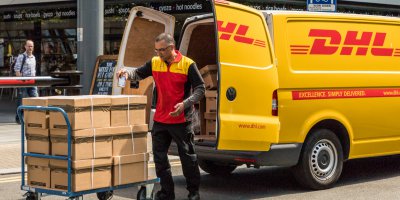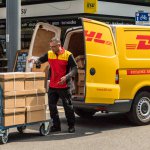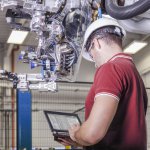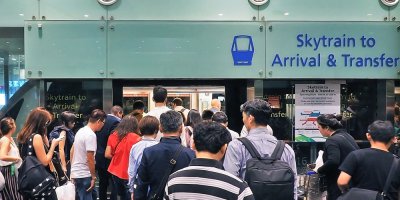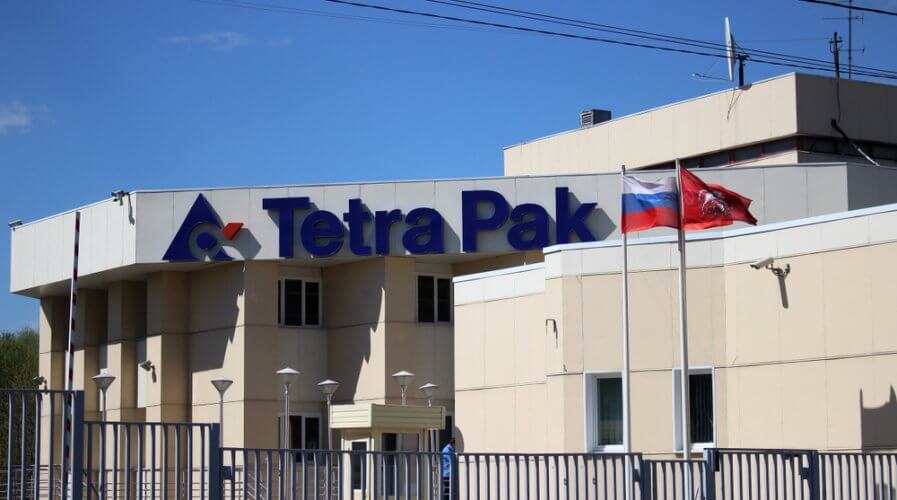
Here’s why Tetra Pak needs a digital twin to support its supply chain. Source: Shutterstock
Tetra Pak gets ready to build its first digital twin warehouse in APAC
TECHNOLOGY opens up new possibilities for supply chain professionals — and companies championing technology in the supply chain space have found new and innovative ways to boost efficiencies and delight customers.
Most recently, food processing and packing company Tetra Pak announced that it will embark on a new project to build a new digital twin warehouse in Singapore.
This will be the company’s first such project in the APAC and will be operated in partnership with DHL.
A digital twin warehouse is essentially a warehouse that generates data, though sensors, from every nook and cranny, and feed it into analytical models that not only help make better decisions on the ground, in real-time, but also ensures supervisors and managers can gain more visibility into the future.
“By jointly implementing a digital solution to support Tetra Pak’s warehousing and transport operations, this collaboration is a great example for smart warehouses of the future to deliver agile, cost-effective, and scalable supply chain operations,” said DHL Supply Chain Singapore, Malaysia, Philippines CEO Jerome Gillet.
According to a company press release, Tetra Pak combined the internet of things (IoT) with data analytics to bridge its physical warehouse with a unique virtual representation that monitors and simulates both the physical state and behavior of the warehouse assets in real-time.
With this digital twin solution, Tetra Pak will be able to maintain 24/7 coordination of its operations to resolve issues as they occur, particularly those that involve safety and productivity.
“Innovation has always been at the heart of what we do at Tetra Pak. To keep the cogs of our operations turning seamlessly, it is vital that we have complementary warehousing and supply chain solutions that can meet the high demands of our customers,” said Tetra Pak Integrated Logistics, South Asia, East Asia & Oceania Director Devraj Kumar.
Further, a DHL spokesperson explained that warehouse supervisors can use real-time operational data to make informed decisions to reduce congestion, improve resource planning, and allocate workload.
In fact, using IoT and proximity sensors on Materials Handling Equipment (MHE), DHL was able to help Tetra Pak enhance spatial awareness and reduce potential collision risks as a result.
The new digital twin warehouse also allows Tetra Pak’s staff to better monitor controlled areas with restricted access through management alerts.
In the context of the new, digitally-enhanced warehouse, the role of the DHL control tower is to monitor the flow of inbound and outbound goods to maintain time efficiency, ensure that goods are correctly shelved within 30 minutes of receipt, and delivery-bound goods are ready for shipment within 95 minutes.
Alongside all the efficiency that Tetra Pak’s new warehouse is optimized for, it ensures that safety is taken care of right from the start.
Not only has the company implemented a container storage management solution that minimizes the need for employees to handle heavy containers, but also provided all employees with training to work within newly introduced safety measures.
At the end of the day, Tetra Pak’s new warehouse seems like a step in the right direction — for a company looking to pioneer new technologies and build smarter and safer solutions to support its’ digital ambitions.
READ MORE
- Aviation giant Airbus turns to chatbots to engage top talent
- In the digital economy, MoneyGram focuses on getting the basics right
- How FedEx uses technology to delight customers in the digital era
- FedEx Express/Ground collaboration will improve last-mile delivery
- Growth is fabulous: Why Foodpanda’s app and team are growing rapidly

